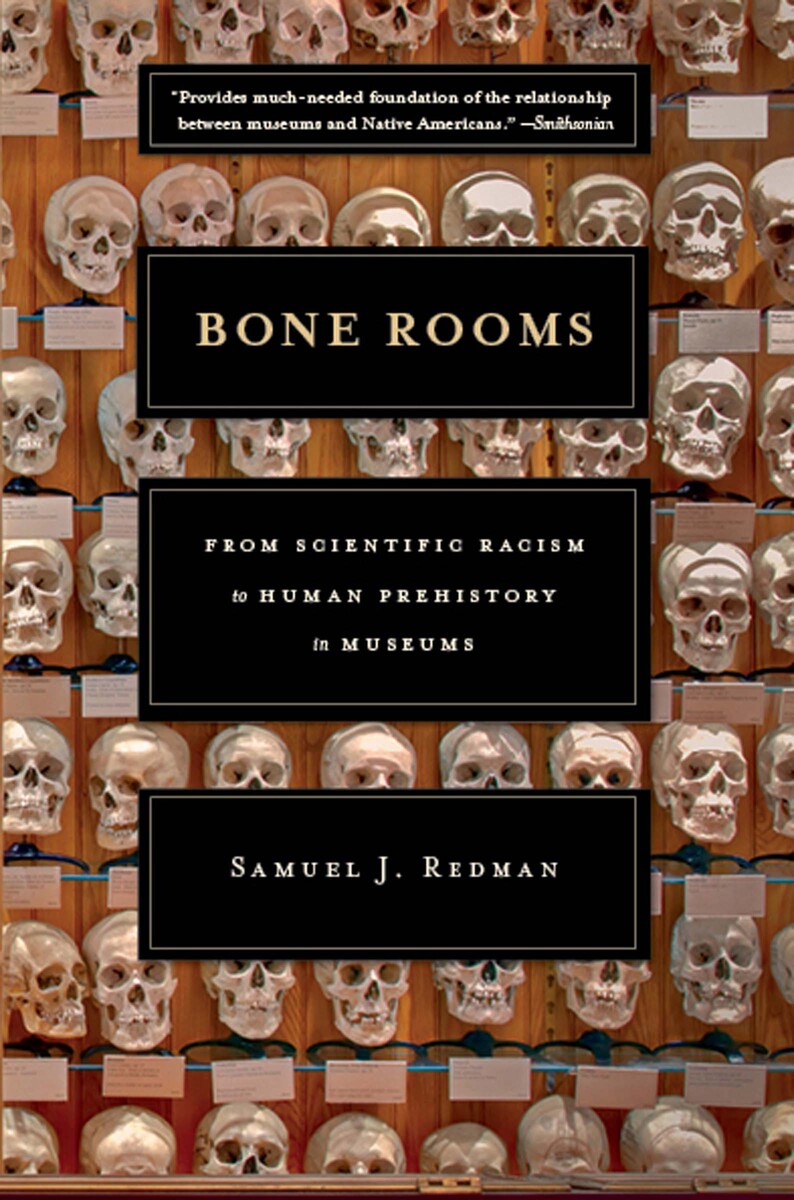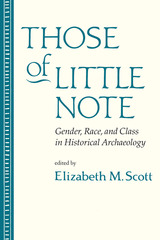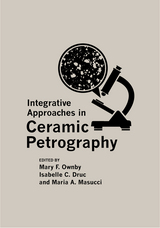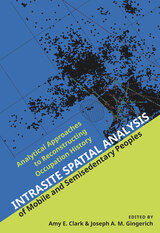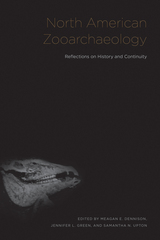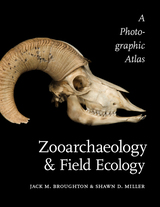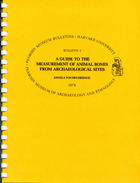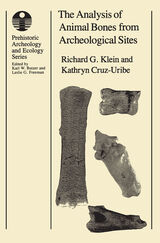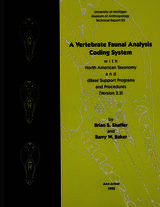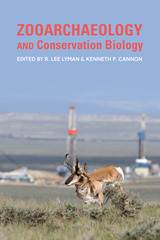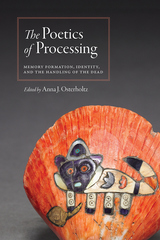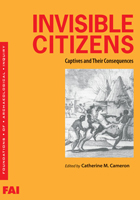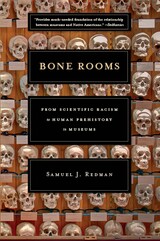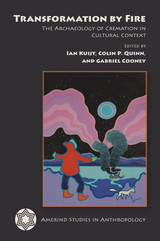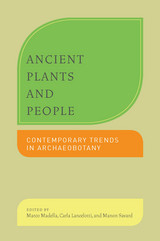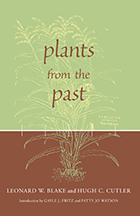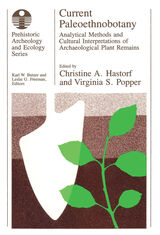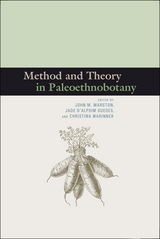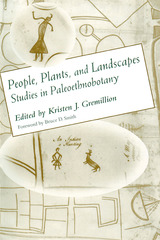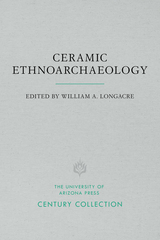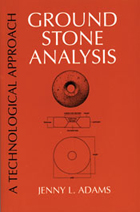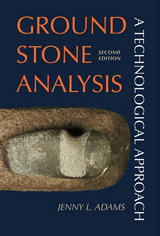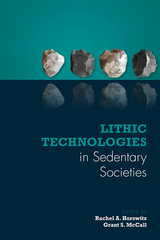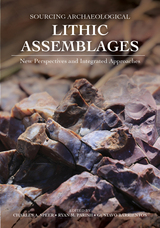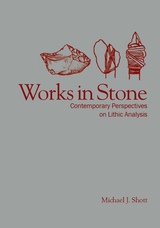[A] remarkable examination of scientific racism, biological anthropology, and the mission of medical museums.
-- Publishers Weekly (starred review)
In exquisite detail, propelled by the captivating life stories of a diverse array of scientists and institutions, and backed by extensive archival research, Bone Rooms narrates the rise and fall of racial science in America, embodied in the imperial expropriation of people’s bones. This complicated and engrossing story is filled with unexpected twists and significant implications for the history of anthropology, the history of science and medicine, museum studies, the cultural and intellectual history of race in the United States, and American intellectual history more generally.
-- Matthew Dennis, author of Seneca Possessed
How did our museums become great storehouses of human remains? What have we learned from the skulls and bones of unburied dead? By following the careers of such figures as enigmatic physical anthropologist Aleš Hrdlička, Samuel Redman’s Bone Rooms chases answers to these questions through shifting ideas about race, anatomy, anthropology, and archaeology and helps explain recent ethical standards for the collection and display of human dead.
-- Ann Fabian, author of The Skull Collectors
Bone Rooms details the nascent views of racial science that evolved in U.S. natural history, anthropological, and medical museums. These debates spilled into public museum spaces, arraying human bodies in sometimes controversial, even macabre, exhibits. Redman effectively portrays the remarkable personalities behind them, particularly pitting the prickly Aleš Hrdlička at the Smithsonian Institution in Washington, D.C., against ally-turned-rival Franz Boas at the American Museum of Natural History in New York City.
-- David Hurst Thomas Nature
Bone Rooms is a beautifully written, meticulously documented analysis of the little-known history of scientists, human remains, and museum visitors…We could not ask for a better introduction to a sometimes shameful chapter in our scientific past, driven by curiosity and greed, as well as scientific enquiry. Both the general reader and any scholar working on human remains will enjoy this important book.
-- Brian Fagan Current World Archeology
Bone Rooms is an engaging and lively book…[Redman] brings his characters alive, complete with egos and petty jealousies. But more, he encourages us to consider the changing values of human remains in museum collections and their role as the material basis for the disciplinary history of physical anthropology. Bone Rooms will hopefully appeal not only to historians of U.S. science and museums but also to a wider audience interested in the provenance of public collections.
-- Samuel J. M. M. Alberti British Journal for the History of Science
Provides much-needed foundation of the relationship between museums and Native Americans.
-- Brian Wolly Smithsonian.com
Bone Rooms is an accessible piece of public history that can be appreciated by a general audience as well as scholars of the history of science…This book provides a contextualized history of the creation of a particularly unique phenomenon in the Western history of scientific tradition.
-- James T. Watson Public Historian
Redman’s volume offers a glimpse of the personalities and the cultural contexts that have been involved in the exploration of human remains as indicators of characteristics of human diversity—from the flawed construction of ‘race’ to current understanding of our evolutionary history. So long as bone rooms continue to exist, anthropologists and the general public must be aware of the reasons why they came into being and why they continue to exist.
-- Joe Watkins Journal of Anthropological Research
In this remarkably powerful work, which everyone in the museum field should read and that will certainly have a much wider audience, Redman reveals the history of how systemic institutionalized racism that utilized human remains as core content for exhibitions, as well as the storerooms, evolved. In addition to the overall content, one feature that makes this a landmark work is that the author never relies on broad generalizations. Rather, he brings to life details and historical actors and sifts through the complexity, enabling an easily understood story to emerge. This is much more than an institutional history.
-- T. Maxwell-Long Choice
Redman delivers an informative narrative.
-- Adam Kuper Times Literary Supplement
Will more than likely serve as a vital book for anthropologists and historians for years to come…The task of repatriating and creating a narrative that acknowledges the wrongdoing of our academic forebears is the first step in a very long journey towards justice. Redman’s Bone Rooms is necessary reading for scholars interested in the history of anthropology and ethical representation of cultures and individuals in museums, and can be a springboard for future research and discussion on these topics.
-- Benjamin L. Locke Fwd: Museums
Redman’s Bone Rooms is detailed yet wide-ranging, thought-provoking, and highly readable. It represents a valuable contribution to the histories of American museums, anthropology, and race, building on the work of such scholars as George Stocking and Steven Conn, while complementing the recent work of David Hurst Thomas and Ann Fabian.
-- Noriko Aso American Historical Review
Bone Rooms sheds new light on the complicated relationship between collecting and exhibiting…Books like these will inspire other historians of the human sciences—other allies—to go digging in museum archives and storerooms. One never knows what might be waiting there.
-- Phil Loring Journal of the History of the Behavioral Sciences
While Bone Rooms would be a valuable addition to any course in the history of science, or of race and U.S. culture, I would especially recommend it for scholars and students in museum studies, anthropology, and archaeology, who are still grappling with the ethical quandaries Redman’s historical account underscores.
-- Melissa N. Stein Journal of American Ethnic History
Bone Rooms raises a wealth of new questions by bringing to light this unusual corporeal history of interactions among Native Americans, white Americans, and African Americans at the turn of the nineteenth century.
-- Catherine Molineux Journal of American History
This finely researched and engagingly written work provides a much-needed addition to the literature on the history of race in science, as well as histories of physical anthropology, collecting, and museums.
-- Courtney E. Thompson Canadian Journal of History
An original and valuable examination of the history of the collecting and exhibiting of human remains.
-- Julia E. Liss History
